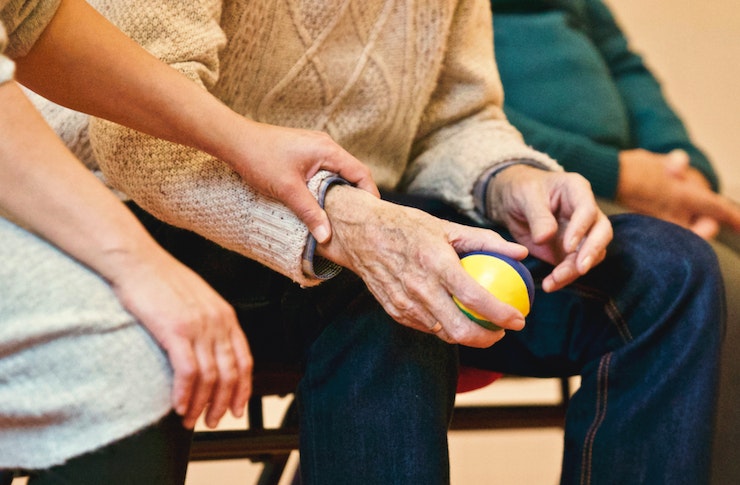Modern Prefabricated Homes: Smart Solutions for Today's Homeowners
Prefabricated homes have revolutionized the housing industry, offering innovative solutions that challenge traditional construction methods. These factory-built homes combine cutting-edge design, efficiency, and sustainability, providing homeowners with a modern alternative to conventional building approaches. From reduced construction times to enhanced environmental benefits, prefab homes are quickly becoming a compelling choice for savvy buyers seeking intelligent housing solutions.

Why Do Savvy Buyers Prefer Prefabricated Homes?
Prefabricated homes offer numerous advantages that attract modern homeowners. The controlled manufacturing environment ensures consistent quality, precision engineering, and significantly reduced construction timelines. Buyers appreciate the predictability and efficiency of these homes, which can be completed in a fraction of the time required for traditional site-built construction. Additionally, the ability to customize designs while maintaining cost-effectiveness makes prefab homes an increasingly attractive option for those seeking personalized living spaces.
How Prefab Construction Saves Time and Reduces Waste
The construction process for prefabricated homes demonstrates remarkable efficiency in both time and resource management. Unlike traditional building methods, prefab construction occurs in a controlled factory setting, which minimizes material waste and reduces environmental impact. Precise cutting techniques and standardized manufacturing processes ensure that materials are used more efficiently, with some manufacturers reporting up to 80% less waste compared to traditional construction methods. This approach not only benefits the environment but also helps keep overall project costs more predictable and manageable.
Quality Features in Modern Prefabricated Homes
Today’s prefabricated homes boast impressive quality features that rival or exceed traditional construction standards. Advanced manufacturing techniques allow for precise engineering, superior insulation, and enhanced structural integrity. Modern prefab homes incorporate high-quality materials, energy-efficient systems, and innovative design elements that meet or exceed building codes. Many manufacturers now offer customizable options, allowing homeowners to select finishes, layouts, and technological integrations that match their specific preferences and lifestyle needs.
Practical Tips for Planning a Prefab Home Move
Successfully transitioning to a prefabricated home requires careful planning and consideration. Potential homeowners should research local zoning regulations, investigate financing options, and select a reputable manufacturer. It’s crucial to understand the full scope of the project, including site preparation, transportation, and final installation costs. Working closely with experienced prefab home providers can help streamline the process and ensure a smooth transition to your new home.
Cost Considerations for Prefabricated Homes
| Home Type | Estimated Cost Range | Construction Time |
|---|---|---|
| Basic Prefab Home | $100,000 - $200,000 | 3-6 months |
| Mid-Range Prefab Home | $200,000 - $350,000 | 4-7 months |
| Premium Prefab Home | $350,000 - $500,000 | 5-8 months |
Prices, rates, or cost estimates mentioned in this article are based on the latest available information but may change over time. Independent research is advised before making financial decisions.
Environmental Advantages of Prefabricated Housing
Prefabricated homes represent a significant advancement in sustainable housing solutions. The controlled manufacturing process dramatically reduces carbon emissions, minimizes on-site environmental disruption, and promotes more efficient use of resources. Many prefab homes incorporate sustainable materials, advanced energy-efficient technologies, and design principles that support reduced energy consumption and lower environmental impact.
Prefabricated homes continue to evolve, offering an exciting alternative to traditional housing that combines innovation, efficiency, and sustainability. As technology and design capabilities advance, these homes are poised to play an increasingly important role in meeting modern housing needs while addressing environmental challenges.




